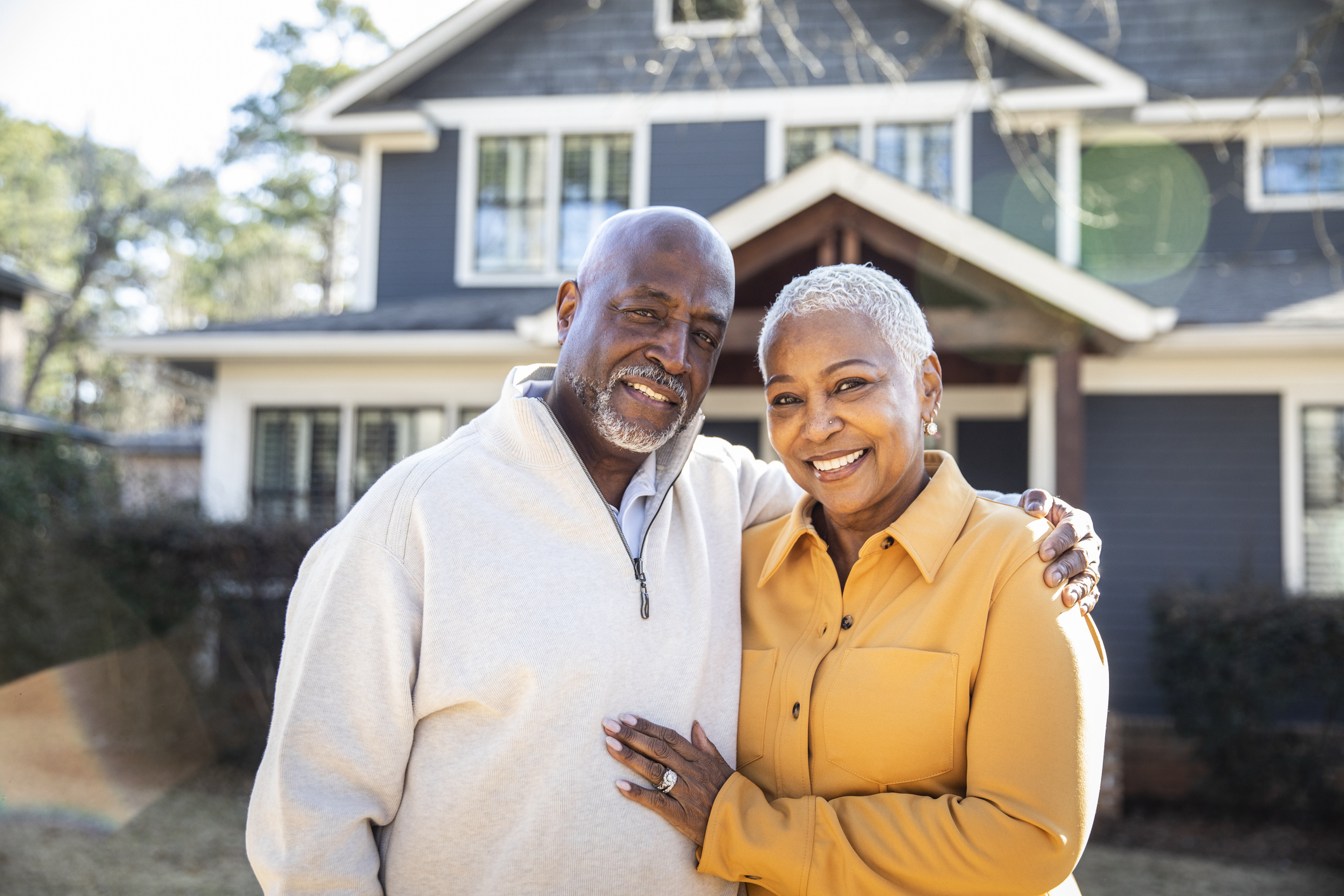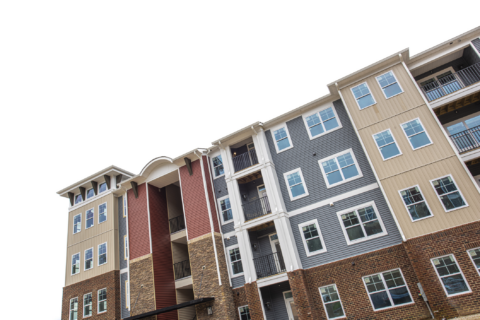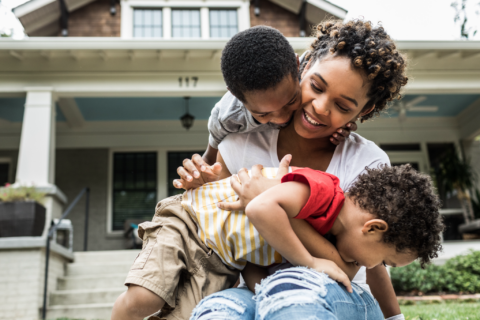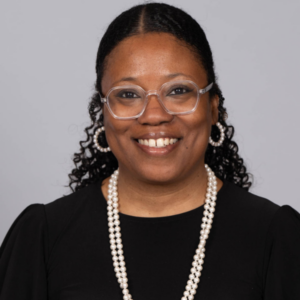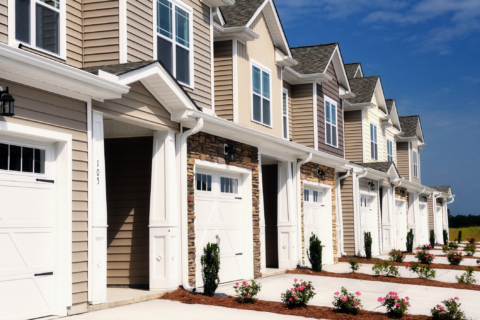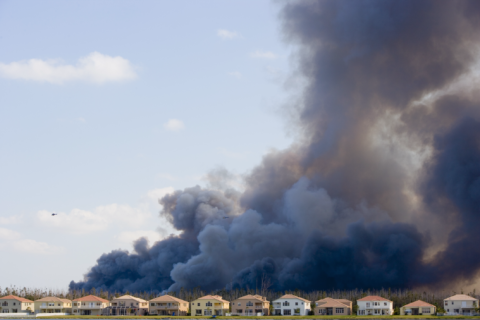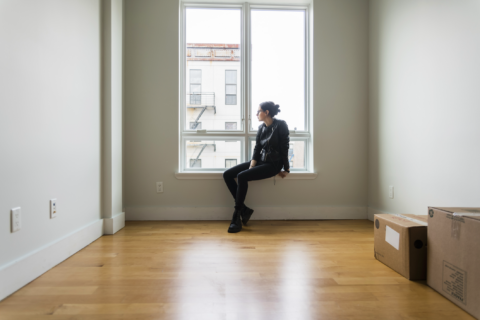The homeownership rate for Black Americans is disproportionately lower than for white Americans, at 46.4 percent compared to 75.8 percent respectively. In a report on housing wealth, Brookings finds that home values also compound this disparity in housing wealth, with homes in predominantly Black neighborhoods valued at $48,000 less than predominantly white neighborhoods for a cumulative loss in equity of approximately $156 billion. The history of predatory lending practices and redlining beginning in the twentieth century created a racially discriminatory housing system that reverberates inequity to this day.
Black renter households also face disparities in accessing safe, affordable, and stable housing. In 2020, Black renter households were the most likely to be severely cost burdened, spending over 50 percent of their income on housing. As a result, Black renter households in particular were twice as likely as white renter households to be behind on housing payments and twice as likely to report being at risk of eviction.
What are Cities Doing?
Cities and local governments across the country have developed programs to increase housing equity for Black homeowners and renters. From financial assistance to eviction prevention, cities should foster holistic approaches to expanding housing access for Black individuals and families and address historic discriminations in the housing market. Such program examples include:
- Homeownership Programs
- The Inheritance Fund in Saint Paul, MN is a people-centered program that affords low-income families from Saint Paul’s historic Rondo Neighborhood the opportunity to rebuild wealth through homeownership. The Inheritance Fund is administered through two City programs: the Downpayment Assistance Program and the Homeowner Rehab Program. Funded by the city’s Housing Trust Fund, the Inheritance Fund program offers assistance to all qualifying Saint Paul homebuyers who make up to 80 percent of the area median income (AMI).
- The Black Homeownership Strike Force in Washington D.C. was convened by the Mayor in June 2022. Using input from data experts, community engagement, and deliberations between members, the strike force came to a consensus on a goal for the District to reach 20,000 net new Black Homeowners by 2030. Members of the strike force expanded into three work streams focused on ways to increase supply available for Black households to purchase, improve financing and mortgage access for Black buyers, and preserve existing Black homeowners. In addition to comprehensive data collection and analysis on Black homeownership in DC, the strike force also put out a list of ten recommendations.
- Eviction Prevention and Diversion Programs
- The Office of Eviction Defense in Detroit, MI is funded with $18 million from the American Rescue Plan Act, given by the Duggan administration. Additionally, the Gilbert Family Foundation donated $12 million over three years to provide legal defense for 6,000 low-income Detroit families with children who are facing eviction. Black households in Detroit face eviction at disproportionately high rates, often forcing families into homelessness. Black renters, single mothers and households with children face a higher rate of evictions; consequently, Black families represent a disproportionately large percentage of the homeless population of Detroit (89 percent in 2021).
What’s Next for Cities?
Cities must look to programs and policies that uplift Black homeowners and renters in their journey through accessing stable housing and building wealth. Local solutions cities should consider are:
- Expanding affordable housing supply and affordable homeownership opportunities.
- Incentivizing more holistic approaches to evaluating potential homebuyers. Local policy makers can develop better solutions and policies to help Black-led households be more competitive in the housing market, including changes to credit scoring and Special Purpose Credit Programs.
- Expanding the availability of Down Payment Assistance programs to increase Black homeownership rates, particularly in high-cost metro areas. It is also important for cities to aggregate exiting programs and reduce barriers to entry to make programs more accessible to those who are eligible.
- Creating and expanding right to counsel legislation, expungement of eviction records, and other eviction prevention policies that lessen the consequences of eviction on Black renters.
Learn More
Explore the Eviction Prevention: A Guide for Local Governments report to learn more about the local eviction prevention landscape in the U.S. Interested in becoming an NLC member?
